Heel Spur Treatment
at Foot Foundation
Heel spurs are bony growths that often form alongside plantar fasciitis. While not always painful themselves, they may contribute to persistent heel discomfort.
At Foot Foundation, we relieve pain with orthotics, footwear changes, and exercise therapy, supported by shockwave treatment when needed. Surgery is rarely required.
What are Heel Spurs?
A heel spur is a bony growth (osteophyte) that develops at the base of the heel bone (calcaneus), most commonly where the plantar fascia attaches. Heel spurs form due to chronic traction and stress on the heel bone, leading to calcification over time.
Contrary to popular belief, heel spurs are not always the direct cause of pain. Many people with heel spurs are asymptomatic. Pain usually arises from the associated plantar fasciopathy or soft tissue inflammation around the spur.
At Foot Foundation, we assess whether a heel spur is contributing to pain and provide targeted treatment to address both the spur and the underlying biomechanical drivers.
Causes & Risk Factors
Plantar fasciitis – chronic traction on the heel bone stimulates spur formation
Overuse and overload – running, jumping, prolonged standing
Foot structure – flat feet (excessive pronation) or high arches (poor shock absorption)
Tight calf muscles – reduced ankle dorsiflexion increases strain on fascia and heel bone
Obesity or weight gain – increased load on heel structures
Poor footwear – unsupportive shoes, thin soles, or hard surfaces
Age 40+ – higher risk due to long-term tissue stress and degeneration
Treatment at Foot Foundation
Custom orthotics – support the arch, reduce tension on fascia and heel, redistribute load
Footwear advice – cushioned shoes with strong midsoles and shock absorption
Heel cups or pads – add cushioning and reduce impact on spur
Exercise therapy – calf stretches, plantar fascia stretches, intrinsic strengthening
Shockwave therapy (ESWT) – stimulates tissue healing and reduces chronic pain
Manual therapy & mobilisation – improve ankle/foot mechanics and reduce load
Load management – modifying standing, walking, or training routines
Referral – in rare severe cases, corticosteroid injection or surgical removal of spur may be considered
Symptoms
Localised heel pain, especially on the underside of the heel
Sharp pain with first steps in the morning or after sitting
Pain may improve after short activity but worsen again later in the day
Tenderness when pressing the heel bone
Discomfort when standing on hard floors or walking barefoot
In some cases: no pain, even if a spur is present on X-ray
Diagnosis
At Foot Foundation, diagnosis includes:
Clinical examination – palpation of heel, fascia, gait analysis
History – morning pain pattern, footwear habits, activity levels
Imaging:
X-rays – confirm presence of a spur at the plantar fascia insertion
Ultrasound – assess plantar fascia thickening or degeneration
MRI – in atypical cases or when stress fracture or nerve entrapment suspected
Heel Spurs – FAQs
A heel spur is a bony growth on the heel bone, usually where the plantar fascia attaches. It develops due to chronic traction and load.
Not always. Many heel spurs are painless. Pain usually arises from associated plantar fasciitis or soft tissue irritation rather than the spur itself.
Heel spurs are diagnosed with X-rays, which show a bony projection from the calcaneus. Ultrasound and MRI may also be used to assess fascia and soft tissues.
No. Once formed, a heel spur is permanent. However, symptoms can be managed effectively without surgery by addressing the underlying fascia and biomechanics.
Yes. Custom orthotics reduce traction on the plantar fascia, support the arch, and offload the heel, significantly improving pain.
Shoes with cushioning, firm midsoles, and arch support are best. Flat, hard-soled shoes or worn-out trainers should be avoided.
Yes. Shockwave therapy is particularly effective for chronic plantar fasciitis associated with heel spurs, stimulating tissue healing and reducing pain.
No. Surgery is rarely required. Most patients improve with orthotics, footwear changes, and conservative care. Surgical removal is only considered for severe, resistant cases.
Yes. If the underlying biomechanics and fascia stress are not corrected, heel spurs may recur. Ongoing podiatry care reduces this risk.
If you have persistent heel pain lasting more than 2 weeks, sharp morning pain, or difficulty walking, you should seek assessment.
Why Choose Foot Foundation?
Foot Foundation provides specialist heel spur care, combining podiatry and physiotherapy expertise. We focus on orthotics, footwear optimisation, shockwave therapy, and exercise rehabilitation to manage pain and prevent recurrence.
With clinics in Rosedale, Takapuna, Remuera, Botany, Hamilton, and Tauranga, expert heel pain care is available across New Zealand.




